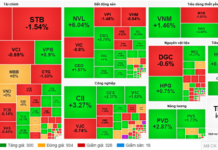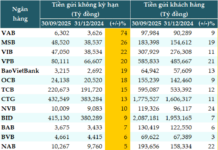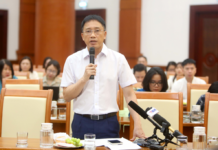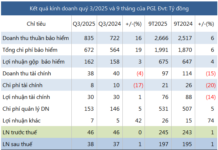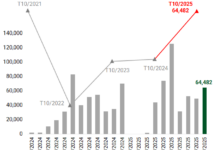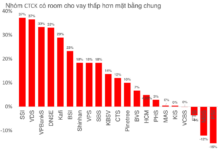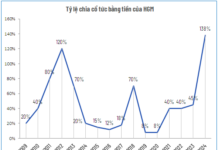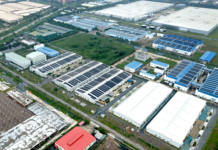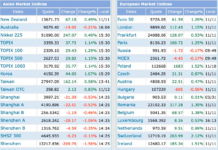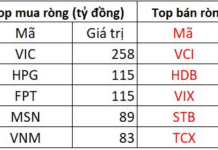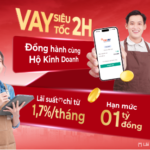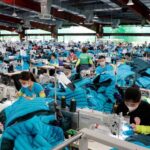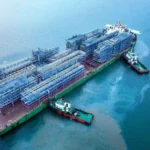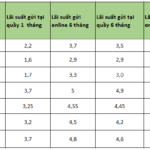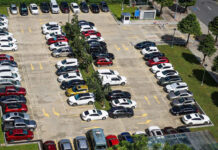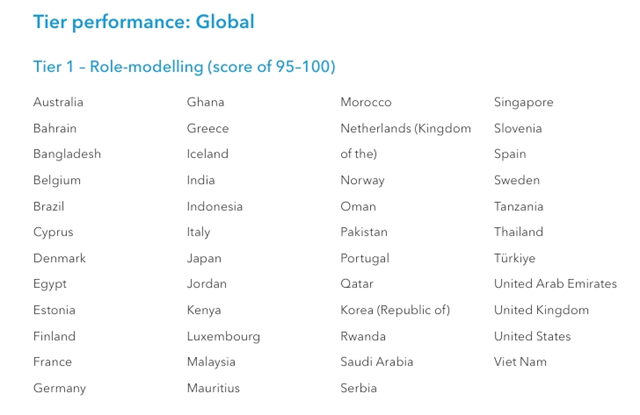
Vietnam is among the top 15 agricultural exporters globally. Illustrated by TL |
Vietnam is currently ranked among the top 15 agricultural exporters in the world, with a total export turnover of agro-forestry-aquatic products reaching US$62.4 billion in 2024. However, logistics costs account for 20-30% of agricultural production costs, while the global average is only about 10-11% of GDP. As a result, Vietnamese agricultural products are exported in large quantities but have low added value and are eroded right from the beginning of the value chain.
The reason is not only the lack of seaports or cold storage but also the organization of logistics based on administrative boundaries instead of commodity chains and production-consumption flows. A modern regional logistics system must simultaneously operate three flows: 1) Commodity flow: including preliminary processing infrastructure, cold storage, and specialized transportation; 2) Legal flow: including electronic contracts, traceability, and chain insurance; and 3) Financial flow: including revolving credit based on progress and disbursement based on data. If one of these three flows is missing, logistics will merely be a technical service, insufficient to upgrade the value chain.
To promote Vietnamese agriculture to the global value chain, we need a new mindset: organizing logistics from the root – starting from the raw material regions, associated with commodity clusters, and integrating the three strategic flows. Only then will logistics truly become the foundation, instead of just the “final transportation” link in the Vietnamese agricultural value chain.
The following are three examples illustrating why regional logistics should be considered a strategic lever rather than mere “technical support.”
Many countries have proven that regional logistics not only reduces costs but also enhances the value of agricultural products.
The Netherlands, despite accounting for only 0.008% of global agricultural land, is the world’s second-largest agricultural exporter thanks to the Westland-Aalsmeer regional logistics system. The chain of vegetables, flowers, and fresh fruits here is closely connected from farms to the airport within a 100-kilometer radius, ensuring that products reach European supermarkets within 48 hours.
Thailand has built cold storage and inspection stations in the northeastern region, the main growing area of mango and lychee, reducing logistics costs by 15-20% and meeting the traceability requirements of high-end markets such as the US and Japan.
South Korea has implemented a smart logistics center that connects farmers with the distribution system, allowing for short-term credit based on real-time traceability data and inventory.
Lesson for Vietnam: If key commodity clusters, such as pangasius, durian, and medicinal plants, are organized with regional logistics at the source instead of waiting until the port, the export value can increase significantly in both quality and quantity.
Digitization not only enables traceability, coordination, and financialization of the chain but is also the key to integrating regional logistics and sustainably enhancing the value of Vietnamese agricultural products.
Regional logistics should be digitized from the source:
– Digital map of commodity regions: Identify region codes, control quality, and coordinate effectively.
– Electronic contracts: Establish binding responsibilities between farmers, cooperatives, businesses, and banks.
– Blockchain traceability: Record the entire product journey, ensuring transparency and brand value.
– Data-based credit: When the entire chain is digitized, banks and FinTech companies can provide financing based on product flow, without waiting for contracts or collateral.
Digital transformation is not just a technological overlay. It is a way to redesign the entire regional logistics system – from physical infrastructure to operational structure – towards the integration of commodity chains. This is the new foundation for regional logistics to become a breakthrough driver for Vietnamese agricultural products to reach the global market.
To materialize this, synchronized actions are required:
– Logistics enterprises need to shift their investment focus from central hubs to raw material regions – the starting point of the true value chain.
– Government policies must transition from “planning by province” to “creating by industry,” taking on the role of activating and coordinating the chain’s operational flows.
– Banks and FinTech companies should design credit solutions linked to traceability data, product flow, and market signals, instead of waiting for contracts and collateral.
– Investors need to redefine profit margins, not only at ports or logistics hubs but also in production regions, where the chain commences.
– Digital technology must become the core infrastructure of the entire system, from digital maps of commodity regions, electronic contracts, and blockchain traceability to chain payments and insurance.
Only when the three strategic flows – commodity, legal, and financial – are organized and integrated through digital technology will regional logistics truly become a value lever, elevating Vietnamese agricultural products to a new position in the global value chain.
Tran Khac Dien
– 07:00 12/08/2025
The King of Consumer Finance: Reigning Supreme for Over a Decade
With an unwavering dedication to its mission of leading consumer credit, FE CREDIT has not only weathered numerous challenges but also maintained its dominant position in the market. This is evident through the numerous accolades and awards the company has received. FE CREDIT’s resilience, adaptability, and commitment to sustainable growth in Vietnam’s consumer finance industry are testament to its success and strategic prowess.





